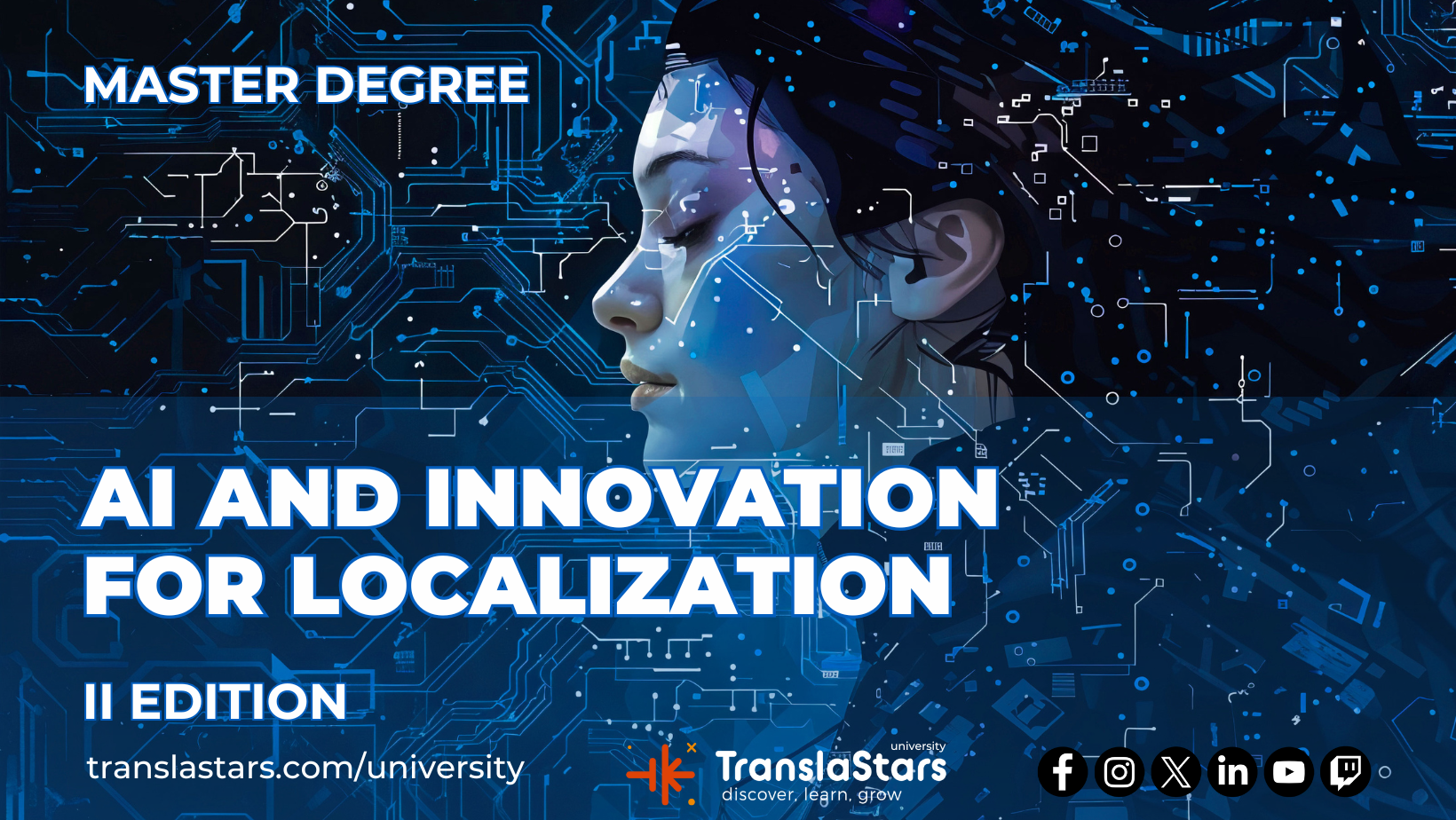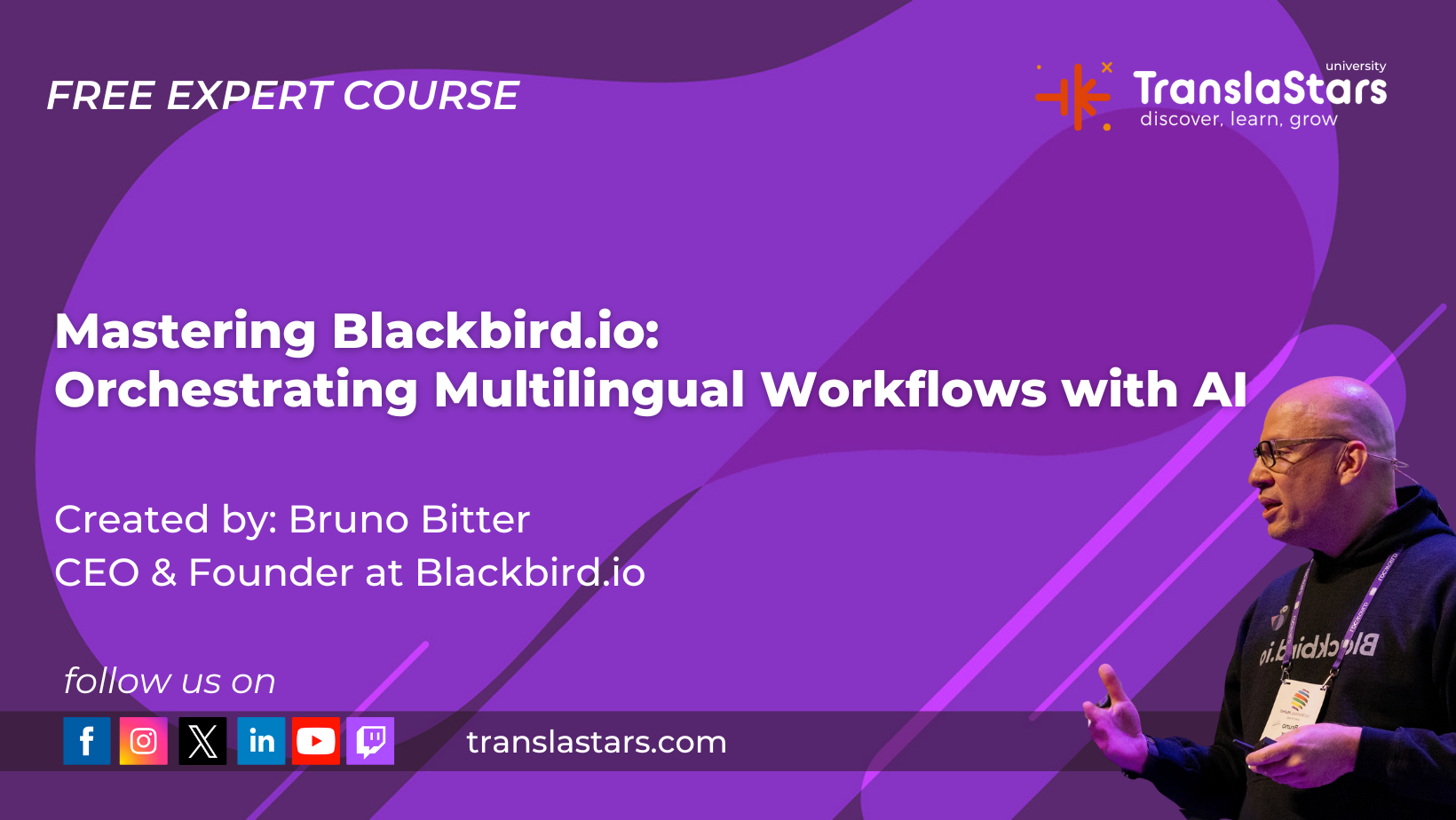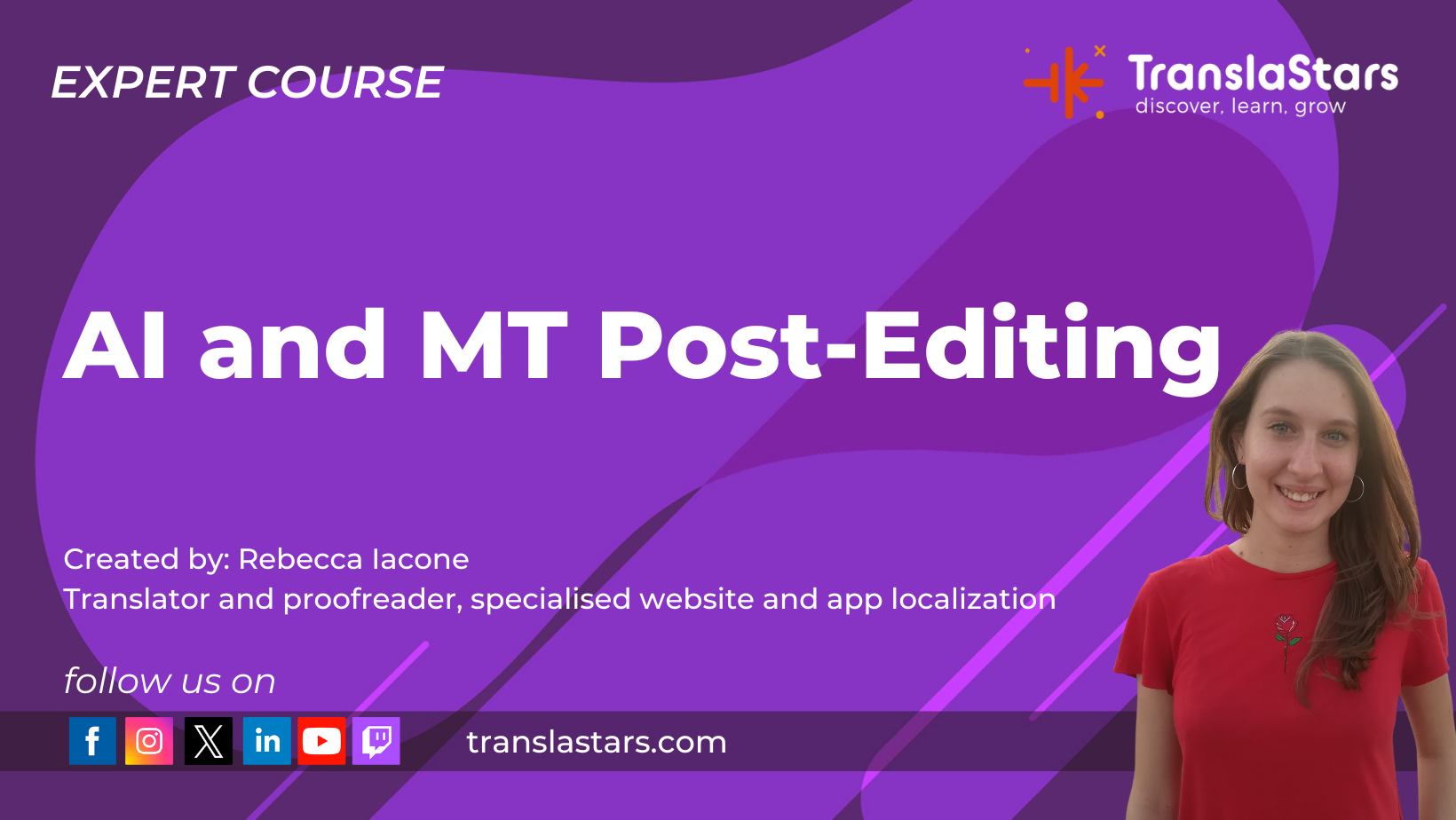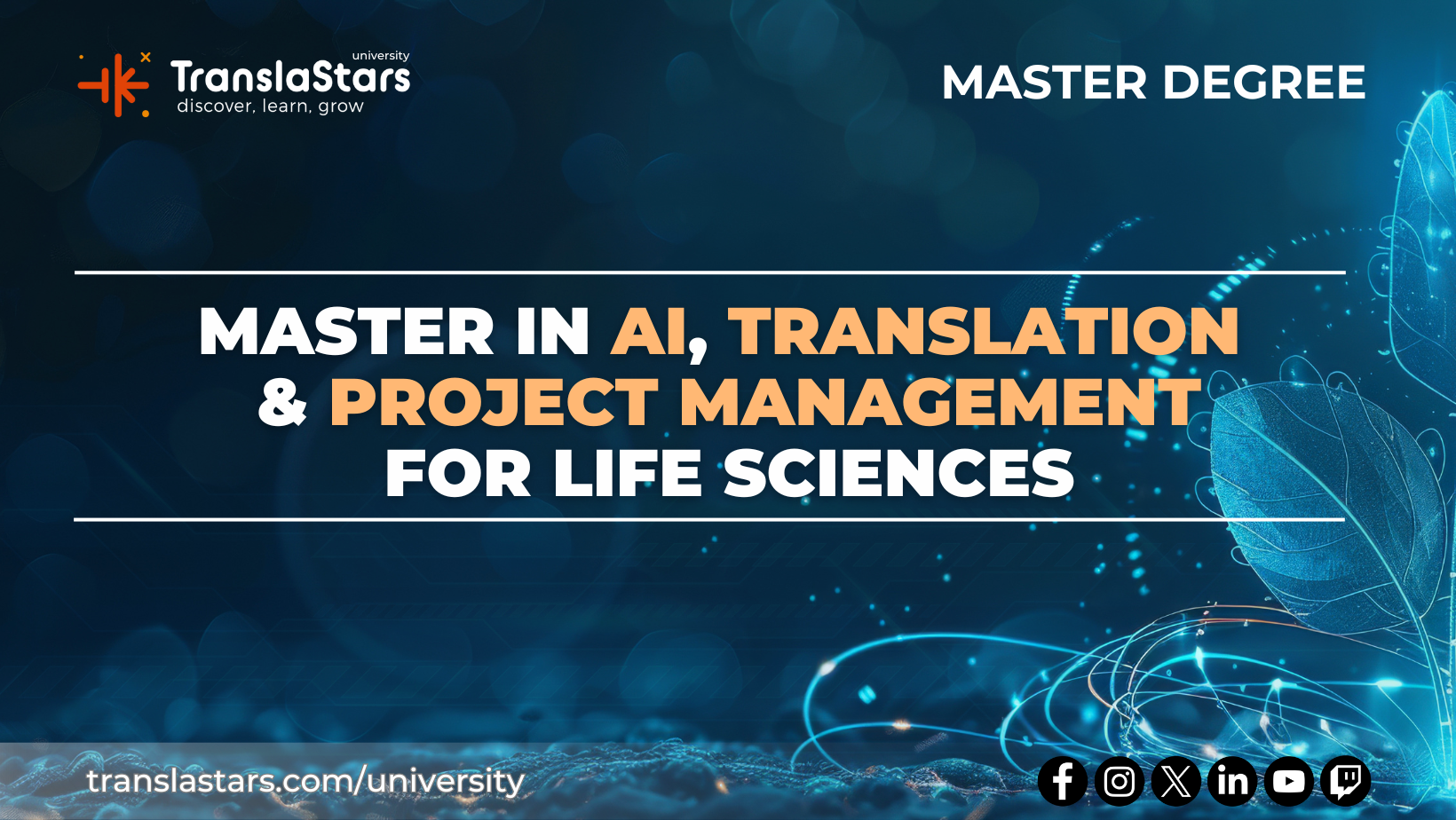Expanding your content to multiple languages isn’t just about translation. It’s about creating experiences that feel natural and relevant to every audience. This is where Artificial Intelligence is making a huge impact.
From accelerating translations to ensuring cultural nuance and brand consistency, AI is reshaping the way businesses approach localization.
But even with all the advancements, many companies still overlook AI’s full potential. There are hidden tools, strategies, and best practices that can turn a basic localization process into a seamless, engaging global experience.
In this article, we’ll reveal 10 secrets about AI for localization that you need to know: insights that can save time, cut costs, and help your content truly resonate with audiences worldwide.
From accelerating translations to ensuring cultural nuance and brand consistency, AI is reshaping the way businesses approach localization.
But even with all the advancements, many companies still overlook AI’s full potential. There are hidden tools, strategies, and best practices that can turn a basic localization process into a seamless, engaging global experience.
In this article, we’ll reveal 10 secrets about AI for localization that you need to know: insights that can save time, cut costs, and help your content truly resonate with audiences worldwide.
1. Knowledge Graphs
AI doesn’t just process words; it understands relationships between them. Through knowledge graphs, AI maps connections between concepts, hierarchies, and meanings.
This allows it to capture the precise intent behind a phrase, ensuring translations are accurate, contextually consistent, and aligned with the source content. Knowledge graphs help AI determine which meaning fits the context, drastically reducing errors in translations.
They are particularly useful for complex technical content or multilingual marketing campaigns, where maintaining the original meaning is critical.
This allows it to capture the precise intent behind a phrase, ensuring translations are accurate, contextually consistent, and aligned with the source content. Knowledge graphs help AI determine which meaning fits the context, drastically reducing errors in translations.
They are particularly useful for complex technical content or multilingual marketing campaigns, where maintaining the original meaning is critical.
Edwin Trebels, founder at LangOptima, will cover this topic in detail in the II edition of our Master in AI and Innovation for Localization, where you will learn how knowledge graphs support smarter, context-aware translations.

2. Orchestration
AI’s full potential is realized when it is orchestrated with translation memories, terminology databases, and QA tools. Think of it as a conductor coordinating an orchestra: each tool contributes its part, but the result is a perfectly harmonized workflow.
Orchestration ensures that every translator is working with the same reference materials, that projects follow standardized processes, and that translations remain consistent across all languages.
This approach not only improves quality but also reduces the risk of costly errors and ensures brand messaging remains uniform across markets.
Orchestration ensures that every translator is working with the same reference materials, that projects follow standardized processes, and that translations remain consistent across all languages.
This approach not only improves quality but also reduces the risk of costly errors and ensures brand messaging remains uniform across markets.

3. AI as Translator and Reviewer
AI is capable of more than producing first-draft translations. It can also act as a reviewer. It flags inconsistencies, improves fluency, and suggests stylistic changes that align with brand guidelines.
This dual role allows human translators to focus on fine-tuning tone and cultural nuance rather than performing repetitive tasks. In practice, this means faster turnaround times, higher translation quality, and a more efficient workflow.
By combining AI’s speed with human expertise, businesses can ensure content resonates authentically with global audiences.
This dual role allows human translators to focus on fine-tuning tone and cultural nuance rather than performing repetitive tasks. In practice, this means faster turnaround times, higher translation quality, and a more efficient workflow.
By combining AI’s speed with human expertise, businesses can ensure content resonates authentically with global audiences.
A good way to learn more about this aspect is the TranslaStars AI and Machine Translation Post-Editing course, which focuses on understanding how machine translation engines and large language models work, and the most common mistakes in translations.
This knowledge is crucial for effectively using AI as both a translator and a reviewer, ensuring high-quality outputs in localization tasks.

4. Localization Project Manager
Modern TMS and CAT tools now come with AI-powered integrations and plugins that streamline many aspects of the localization process.
Features like AI translation taking into account style guides, automatic glossary checks, adaptive machine translation, tone enforcement, and predictive typing help translators work smarter, not harder.
Instead of replacing human translators, AI enhances their capabilities, enabling them to focus on tasks that require judgment, creativity, and cultural understanding.
As a result, translations are not only faster but also more accurate and stylistically consistent.
Features like AI translation taking into account style guides, automatic glossary checks, adaptive machine translation, tone enforcement, and predictive typing help translators work smarter, not harder.
Instead of replacing human translators, AI enhances their capabilities, enabling them to focus on tasks that require judgment, creativity, and cultural understanding.
As a result, translations are not only faster but also more accurate and stylistically consistent.
If you want to understand the logic behind AI translation and how language professionals will always have the last word in AI, don’t miss the expert course hosted by Almira Zainutdinova, Certificate in AI Training: LLM Specialization for Language Professionals.
It will equip you with the theoretical understanding and hands-on skills to effectively evaluate, guide, and train LLMs. Learn how to train AI systems, one of the most highly demanded competencies in today’s job market.


5. Domain Adaptation
Generic AI translation models often fall short when it comes to industry-specific terminology. Domain adaptation allows AI to learn your company’s unique vocabulary, style guides, and specialized jargon.
This is especially crucial for fields like law, finance, healthcare, or technology, where a single mistranslated term could have significant consequences.
By training AI on your proprietary content, businesses achieve translations that are more precise, brand-consistent, and reliable, giving both translators and clients confidence in the final output.
For example, the Master in AI, Translation and Project Management for Life Sciences is designed specifically for language professionals looking to specialize in the life sciences sector. It covers the application of AI tools in life sciences translation and localization, providing a deep dive into the domain-specific adaptations.
This is especially crucial for fields like law, finance, healthcare, or technology, where a single mistranslated term could have significant consequences.
By training AI on your proprietary content, businesses achieve translations that are more precise, brand-consistent, and reliable, giving both translators and clients confidence in the final output.
For example, the Master in AI, Translation and Project Management for Life Sciences is designed specifically for language professionals looking to specialize in the life sciences sector. It covers the application of AI tools in life sciences translation and localization, providing a deep dive into the domain-specific adaptations.

6. Human-in-the-loop
AI works best when paired with human expertise in a human-in-the-loop workflow. This approach ensures that cultural nuance, emotional tone, and ethical considerations are respected.
Humans guide the AI, making judgment calls that technology alone cannot. The combination of AI’s efficiency with human creativity results in translations that feel natural, resonate with target audiences, and preserve the subtleties of the original message. This collaboration bridges the gap between machine precision and human intuition.
The Continuous Localization Meets AI: Designing Workflows for the Future free course by István Lengyel explores workflow automation principles, AI routing logic, and quality gate design, emphasizing the importance of human oversight in AI-driven processes. This aligns with the human-in-the-loop concept, ensuring that human expertise complements AI capabilities in localization workflows.
Humans guide the AI, making judgment calls that technology alone cannot. The combination of AI’s efficiency with human creativity results in translations that feel natural, resonate with target audiences, and preserve the subtleties of the original message. This collaboration bridges the gap between machine precision and human intuition.
The Continuous Localization Meets AI: Designing Workflows for the Future free course by István Lengyel explores workflow automation principles, AI routing logic, and quality gate design, emphasizing the importance of human oversight in AI-driven processes. This aligns with the human-in-the-loop concept, ensuring that human expertise complements AI capabilities in localization workflows.
7. Quality Prediction
AI can predict translation quality before human review, evaluating segments for fluency, accuracy, and potential risk. This predictive capability allows translation teams to prioritize their efforts, focusing on areas that need the most attention while letting low-risk segments pass quickly through the workflow.
The result is a more efficient process that saves time, reduces costs, and ensures high-quality outcomes. Over time, AI’s predictive insights help teams continually refine workflows and improve overall translation standards.
The result is a more efficient process that saves time, reduces costs, and ensures high-quality outcomes. Over time, AI’s predictive insights help teams continually refine workflows and improve overall translation standards.
8. Ensuring Consistency Across Channels
Maintaining a consistent tone, terminology, and style across multiple channels, websites, apps, marketing materials, and documents has always been challenging. AI automates this process, ensuring brand consistency across all platforms.
By standardizing key terms and enforcing style rules, AI minimizes human error and accelerates the review process. This guarantees that global audiences experience a unified brand voice, regardless of the language or medium, which is essential for building trust and brand recognition worldwide.
By standardizing key terms and enforcing style rules, AI minimizes human error and accelerates the review process. This guarantees that global audiences experience a unified brand voice, regardless of the language or medium, which is essential for building trust and brand recognition worldwide.
9. Data-Driven Insights
AI doesn’t just translate; it generates valuable insights into translation quality, efficiency, and user engagement.
Teams can analyze metrics such as translation turnaround times, error frequency, and user interaction patterns to optimize workflows and make data-driven decisions.
This information allows businesses to identify bottlenecks, improve processes, and measure the real impact of localization efforts. Over time, these insights enable companies to refine their strategies, maximize ROI, and deliver better experiences to global audiences.
Teams can analyze metrics such as translation turnaround times, error frequency, and user interaction patterns to optimize workflows and make data-driven decisions.
This information allows businesses to identify bottlenecks, improve processes, and measure the real impact of localization efforts. Over time, these insights enable companies to refine their strategies, maximize ROI, and deliver better experiences to global audiences.
10. The Future of Localization
Localization is no longer limited to replacing words; it’s about creating immersive multilingual experiences. AI is helping brands adapt UX design, SEO, video content, and voice interfaces across cultures, making global expansion smoother and more effective.
By automating repetitive tasks, providing predictive insights, and supporting human creativity, AI enables teams to focus on delivering experiences that truly resonate.
The future of localization is about bridging cultural gaps, ensuring accessibility, and providing meaningful engagement for audiences everywhere.
By automating repetitive tasks, providing predictive insights, and supporting human creativity, AI enables teams to focus on delivering experiences that truly resonate.
The future of localization is about bridging cultural gaps, ensuring accessibility, and providing meaningful engagement for audiences everywhere.
Conclusion
AI is transforming the way businesses approach localization, moving it beyond simple translation to creating truly global, culturally aware experiences.
From knowledge graphs and domain adaptation to quality prediction and cross-channel consistency, the possibilities are vast, and the results speak for themselves.
By combining AI’s efficiency with human expertise, companies can achieve faster, more accurate, and brand-consistent translations while optimizing workflows and decision-making with actionable insights.
If you want a quick visual overview of these insights, don’t miss our recently posted carousel on AI for localization, which highlights these 10 secrets in an easy-to-digest format.
From knowledge graphs and domain adaptation to quality prediction and cross-channel consistency, the possibilities are vast, and the results speak for themselves.
By combining AI’s efficiency with human expertise, companies can achieve faster, more accurate, and brand-consistent translations while optimizing workflows and decision-making with actionable insights.
If you want a quick visual overview of these insights, don’t miss our recently posted carousel on AI for localization, which highlights these 10 secrets in an easy-to-digest format.

If you liked this article, read also:





